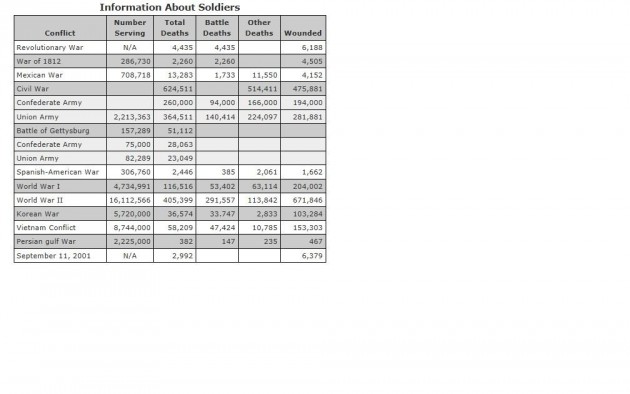
Beginning Sunday, Jan. 13, tens of thousands of troops from the 10th Mountain, 101st Airborne and the 1st Armored Divisions began boarding an aircraft bound for yet another combat tour in Afghanistan. When the war began in 2001, some of these troops were still in grade school, and will now be on their second or third rotation. But now, after a U.S. investment of $641 billion pumped into funding the war and victims numbering 2,162 dead and 18,188 wounded, the Pentagon reports that the Taliban insurgency that was thought to have been beaten is still active and resilient, that the Afghan government is still corrupt and that Afghan security forces are still unable to fight the war on their own.
The Obama administration has been working with Afghan President Hamid Karzai during his recent visit to Washington to determine how many of the 68,000 U.S. troops currently in Afghanistan will be needed through the end of 2014, when the Afghan army and police are supposed to assume responsibility for fighting the war. Administration officials say U.S. military personnel will almost certainly be needed after 2014 to advise and support the Afghans. But given the grim picture presented in the Pentagon’s latest assessment of the war, released last month, The Huffington Post asked Defense Secretary Leon Panetta recently how the administration could justify continued U.S. involvement in the war.
“We have poured a lot of blood and treasure into this war,” Panetta responded at a Pentagon press conference. “We have made a lot of progress as a result of sacrifice by our people, and we’re not gonna walk backward.”
When asked whether he saw any prospects for a negotiated settlement, Panetta indicated that further training of Afghan troops and more fighting would have to come first. “The stronger position we are in, the better the chances over time of political reconciliation,” he said.
Panetta and other U.S. officials insist the transition to a full takeover of Afghan security by its own forces is on track. But others aren’t so sure.
“Afghanistan is hurtling toward a devastating political crisis,” the International Crisis Group reported this fall, concluding, “Plagued by factionalism and corruption, Afghanistan is far from ready to assume responsibility for security when U.S. and NATO forces withdraw in 2014.”
In an equally glum assessment, Anthony Cordesman, a senior fellow at the Center for Strategic and International Studies in Washington, writes “there has been no meaningful military progress since the end of 2010.” With Afghan presidential elections scheduled for April, 2014, Cordesman said he worries that there are “no public U.S. plans that show how the Obama administration will deal with either the civil or military aspects of this transition between now and the end of 2014, or in the years that follow.”
One reason the media and some members of the American public are so adamant that the U.S. pull troops out of Afghanistan soon is the high number of casualties incurred during the past 11 years of war. However, compared to statistics posted on our military’s own website, the deaths and wounds our troops have suffered while in Afghanistan are merely a drop in the bucket when compared with either of the World Wars, the Battle of Gettysburg, or even Sept. 11, 2001.
The fact is, as pointed out by former U.S. Marine Christopher Dingwall, “Afghanis are not secure in daily administrations…they aren’t ready…they don’t have the resources or training to handle the situations [border crossings by Al Qaida and the Taliban]. When we leave, there will be a period of uncertainty and unrest. Only time will tell if us pulling out the way we are is good or bad.”
With the website Costofwar.com showing the cost of the war at $609 billion and rising every second, and with a national debt of $16,452,185,163,039.13 as of Feb. 5 at noon, many Americans are asking if we can afford to keep our troops in Afghanistan. The better question may be, can we afford to leave?


